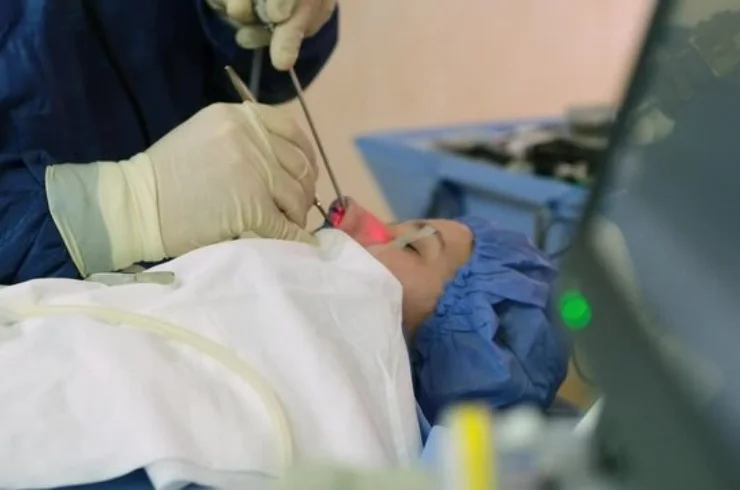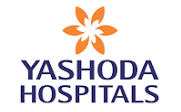Endoscopic Septoplasty

Endoscopic Septoplasty is a minimally invasive surgical procedure used to correct a deviated septum, which is a condition where the nasal septum (the cartilage and bone that divides the nasal passages) is displaced, causing breathing difficulties. This procedure is performed using an endoscope, a small, flexible tube with a camera, allowing the surgeon to view the inside of the nose without the need for large incisions.
Indications for Endoscopic Septoplasty
- Deviated Septum: To improve airflow when the septum blocks one or both nasal passages.
- Chronic Nasal Congestion: Persistent stuffiness or difficulty breathing through the nose.
- Sinus Infections: If a deviated septum is contributing to recurrent sinusitis or sinus blockages.
- Snoring and Sleep Apnea: Addressing septal deviation can help reduce snoring or alleviate mild cases of obstructive sleep apnea.
Procedure Overview
- Preparation: The procedure is usually performed under local or general anesthesia. The patient is typically awake if local anesthesia is used, but sedation is also an option.
- Endoscopic Technique: The surgeon inserts a thin endoscope through the nostrils to examine the nasal cavity. Using small surgical instruments, the deviated portions of the septum are repositioned or removed.
- Resection and Realignment: The surgeon may remove or trim excess cartilage or bone to straighten the septum, thereby improving airflow.
- Closure: Since the procedure is minimally invasive, there are no external cuts, and only small internal incisions are made, which generally heal quickly.
The endoscopic approach allows for greater precision and a quicker recovery compared to traditional septoplasty, where larger incisions are made in the nostrils or across the upper lip.
Recovery
- Postoperative Care: Patients may experience mild swelling, discomfort, or nasal congestion for a few days following surgery.
- Recovery Time: Most patients can return to normal activities within a week, though full healing can take several weeks. It’s important to avoid strenuous activities and ensure proper nasal hygiene during recovery.
- Follow-up: A follow-up appointment is typically scheduled within a week to check for complications and ensure proper healing.
Benefits of Endoscopic Septoplasty
- Minimally Invasive: No external cuts or scars, leading to a quicker recovery.
- Enhanced Precision: The endoscope provides a clear view of the nasal passages, allowing the surgeon to perform more accurate corrections.
- Faster Recovery Time: Reduced swelling, bruising, and discomfort compared to traditional septoplasty methods.
- Improved Breathing: The procedure effectively corrects the septum, allowing for better airflow through the nasal passages, which can improve overall quality of life.
